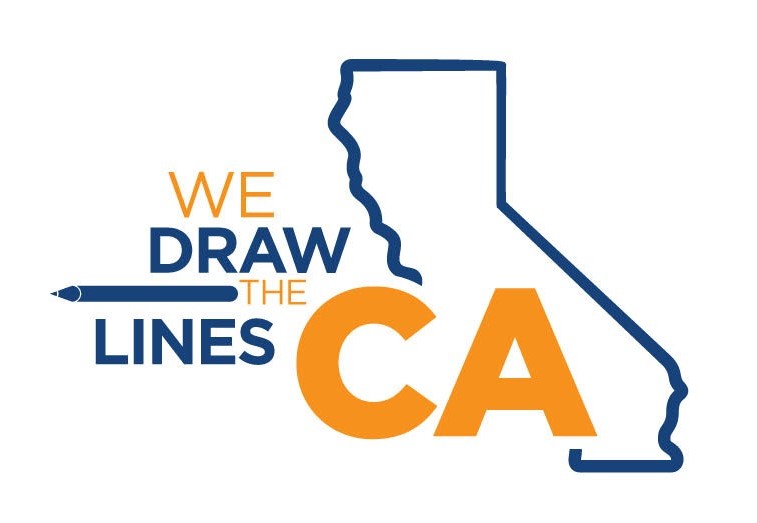As tentatively eligible applicants continue into the application and selection process, they may have additional questions regarding timelines, compensation or other requirements that will be placed on commissioners. Below is a list frequently asked questions specifically for Commissioners, timelines, and tasks.
When will the 14-member Citizens Redistricting Commission be formed?
The Voters First Act (Act) requires that the full commission be formed no later than December 31, 2010.
When will the commission first meet?
The initial 8 members of the commission will need to meet to review and appoint the remaining six members by no later than December 31, 2010, so the initial meeting—at least of the eight members for the purpose of selecting the final six—will need to take place on or before December 31, 2010. However, it is likely that the commission will meet early in December to select the other six commissioner as the commission will have a great deal of work to do to set up its administrative structure.
Once the commission is formed, what do they do?
The commission has a great deal of work to accomplish in a fairly short time. The 2010 Census data that will be essential to the commission’s work will become available by no later than April 1, 2011. So, in all likelihood, the commission will focus its energy during the period between December 31, 2010 and April 1, 2011 hiring staff, setting up its operations, determining how and where it will conduct public hearings, educating itself about the redistricting process, including the Voting Rights Act of 1965, securing the necessary technology (redistricting software, etc.) and office space to conduct its work, and conducting some initial hearings. Ideally, the commission should be ready to hit the ground running when the federal Census data arrives on April 1, 2011. From that point forward, it will be heavily engaged in conducting public hearings and redrawing the boundaries of election districts for the state Assembly, Senate, and Board of Equalization.
When does the commission need to complete its work?
The Act requires the commission to approve three final maps that separately set forth the district boundary lines for the Senate, Assembly, and State Board of Equalization districts by no later than September 15, 2011. Upon approval, the commission is required to certify the three final maps to the Secretary of State. The commission must also issue, with each of the three final maps, a report that explains the basis on which the commission made its decisions in achieving compliance with the various requirements set out in the Act. For example, this report must explain how each of the three maps meet the requirements of the federal Voting Rights Act of 1965. This report also must include definitions of the terms and standards used in drawing the maps.
How many votes does it take for the commission to approve the redistricting maps?
The Act requires the final three maps to be approved by at least nine affirmative votes, which must include at least three votes of members registered from each of the two largest political parties and three votes from members who are not registered with either of these two political parties.
Will the commissioners be paid?
Yes, the Act provides that commissioners receive $300 per day for each day that they perform commission business. In addition, their reasonable and necessary travel expenses will be paid

